Original, don’t scare yourself.
When women do some gynecological examinations every year, many people will find that the report will prompt words that sound terrible, such as "tumor", "effusion" and "erosion".
But in fact, most of these terrible gynecological diseases are not as serious as everyone thinks, and some of them are not diseases at all and do not need treatment.
Today, I will take stock of the five most common gynecological diseases ~

HPV infection
Can be found by special HPV testing.
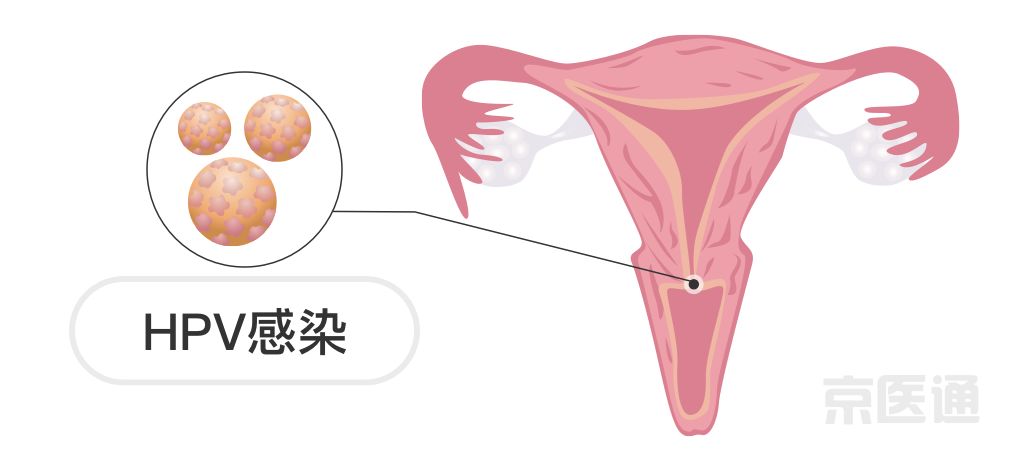
Scary index: ★★★★★★★
Actual threat: ★★☆☆☆☆
Expert interpretation:
HPV infection is one of the main causes of cervical cancer. But it does not mean that you will get cervical cancer if you are infected with HPV.
In fact, most women who have sex may have been infected with HPV, but they are basically automatically cleared by human immunity within one or two years.
Only a small number of people may continue to be infected for many years, which will eventually lead to cervical cancer.
Therefore, pure HPV infection does not need special treatment, but more is to remind patients to screen regularly and find cancer or precancerous lesions in time.
What situations should we pay attention to?
The threat of HPV to reproductive parts can be divided into two categories: low risk and high risk.
If you are infected with high-risk HPV, it is recommended to have a cervical cytological examination (TCT or LCT). If you find any abnormality, you should have a colposcopy to comprehensively evaluate whether there are any vigilant lesions in the cervix and vagina.
In addition, the possibility of cancer caused by low-risk HPV infection is extremely small, but some patients may have warts of condyloma acuminatum locally in their genitals, and they need medical treatment if necessary.
ovarian cyst
Most of them were found by B-ultrasound.
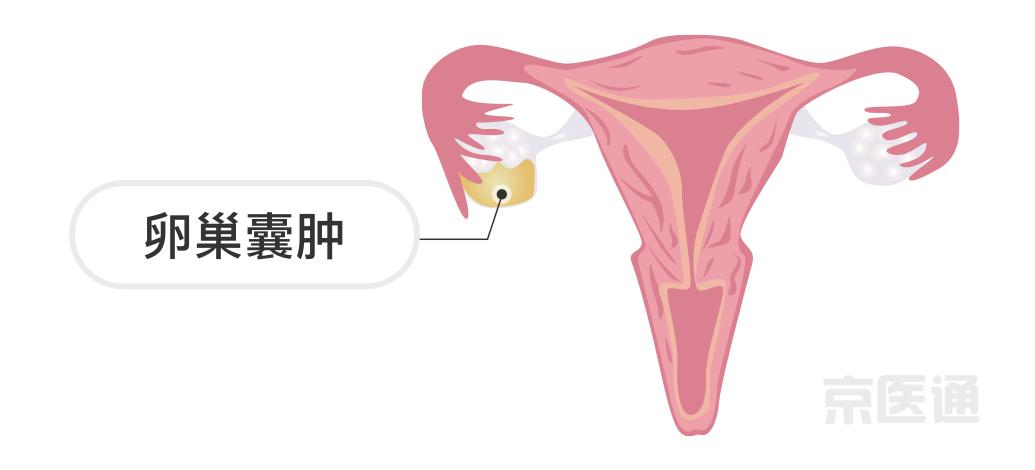
Scary index: ★★★★★★★
Actual threat: ★★☆☆☆☆
Expert interpretation:
Ovarian cyst is not equal to ovarian tumor.
For women of childbearing age, most of them are physiological cysts, which are related to the development of follicles during ovulation every month. There is also a more complicated "chocolate cyst" which is a manifestation of endometriosis.
For the vast majority of women of childbearing age who find ovarian cysts for the first time, if the diameter is less than 5cm, they can be rechecked on the fourth to fifth day of the next menstrual period. If the cysts disappear, there is no need for treatment.
What situations should we pay attention to?
1. Ovarian cysts are larger than 5 cm in diameter;
2. The cyst didn’t disappear and shrink after follow-up;
3. B-ultrasound found that the cyst had solid components or was completely solid;
4. Postmenopausal women found ovarian cysts;
5, diagnosed as "chocolate cyst".
In the above situations, attention should be paid to timely medical treatment, and whether treatment is needed should follow the doctor’s advice.
hysteromyoma
Most of them were found by B-ultrasound.
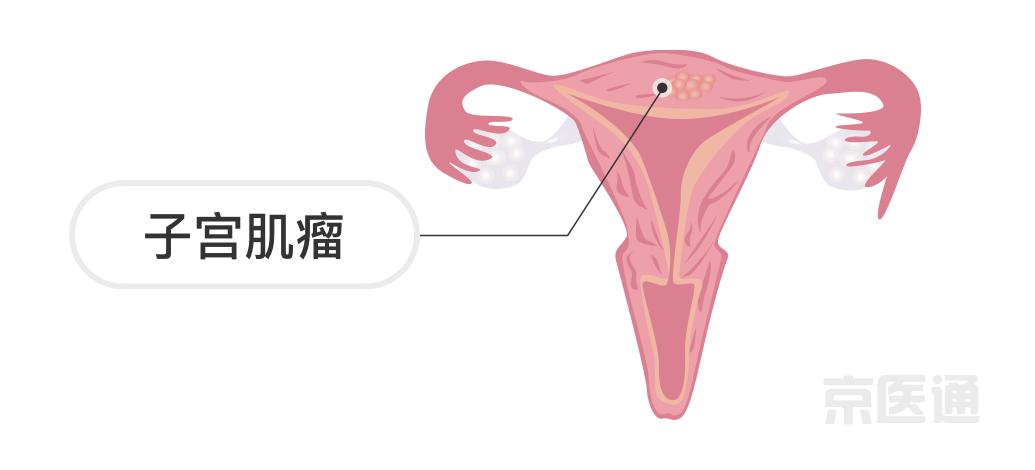
Scary index: ★★★★★★★
Actual threat: ★★☆☆☆☆
Expert interpretation:
More than 90% of uterine fibroids are benign.
According to statistics, about 1/3 of women will have uterine fibroids in their lifetime.
Asymptomatic small fibroids generally do not need treatment, just check B-ultrasound regularly.
What situations should we pay attention to?
1. Myoma causes discomfort symptoms, such as menorrhagia, prolonged menstrual period and even anemia, or lower abdominal pain, frequent urination, difficulty in urination and defecation, etc.
2. Women’s infertility or abortion caused by fibroids;
3. A single myoma is large (more than 5cm), or the uterus volume is too large due to the myoma;
4. After observation and review, it was found that the growth rate of fibroids was too fast, and the doctor suspected that there was a possibility of malignant transformation;
5, fibroids in special parts such as submucosal fibroids;
In the above situation, it is necessary to pay attention to timely medical treatment, and doctors should judge whether treatment or surgery is needed.
Pelvic effusion
It is often found by B-ultrasound.
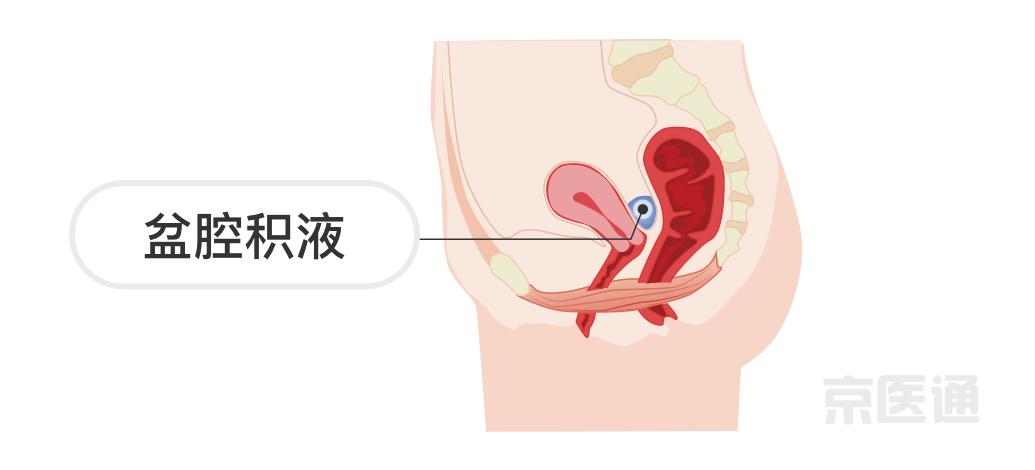
Scary index: ★★★★★☆.
Actual threat: ★★☆☆☆☆
Expert interpretation:
Almost every woman has a little pelvic effusion more or less, most of which are physiological phenomena, such as ovulating follicular fluid and countercurrent menstrual blood, and the human body will adjust itself to absorb the excess effusion.
Therefore, if B-ultrasound shows that pelvic effusion is only 10-30 mm and there are no other discomfort symptoms, most of them don’t need to worry, and most of them don’t need treatment.
What situations should we pay attention to?
If pelvic effusion is caused by other diseases, such as pelvic inflammatory disease and endometriosis, especially if there is a large amount of effusion or there are effusion in many places, or accompanied by abdominal pain, fever, abnormal leucorrhea and other symptoms, you need to seek medical attention in time.
erosion of cervix
Most of them were found by routine gynecological examination.
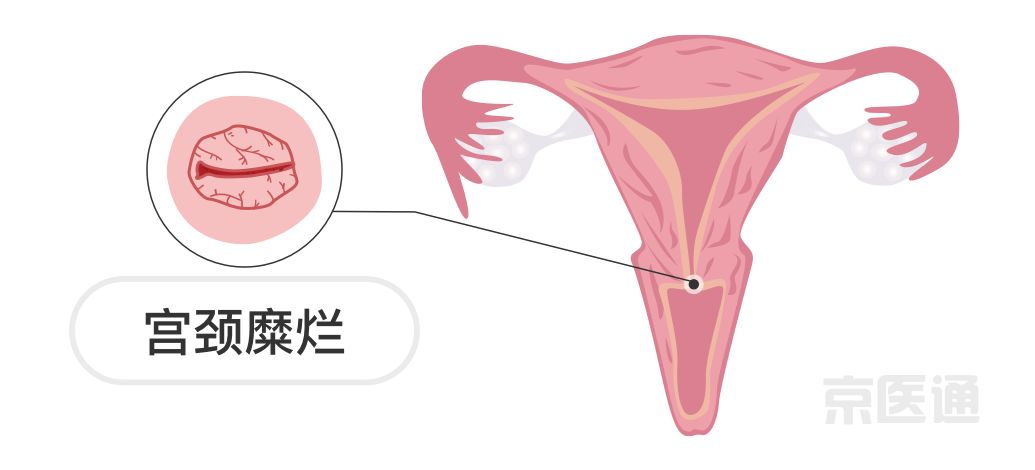
Scary index: ★★★★★★★
Actual threat: ★★☆☆☆☆
Expert interpretation:
Cervical erosion is not a disease, and this term is no longer used in the medical field.
"Erosion" has nothing to do with the commonly understood "decay".
The so-called cervical erosion refers to columnar epithelial displacement, which is a normal physiological phenomenon and does not need treatment in most cases. It can be understood that the cervix is just "ugly".
What situations should we pay attention to?
The so-called need for treatment of cervical erosion has nothing to do with the "mild, moderate and severe" suggested by some hospitals.
Only when "cervical erosion" is complicated with abnormal cytology, or infection or bleeding, may it need treatment.
What should I pay attention to before doing gynecological examination?
1. Pay attention to the inspection time
General gynecological examination should avoid the physiological period, but some examinations will be a little special.
For example, check ovarian cyst and infertility, etc., it may be necessary to check immediately during the physiological period or just after. Specifically, we should strictly follow the doctor’s advice.
2. Don’t have sex for 24 hours before the examination.
3. Don’t apply drugs or excessively clean the vagina before the examination.
4. Choose a regular medical institution.
After reading the expert’s interpretation of these diseases, will everyone’s fear of these diseases be reduced a lot?
Although the incidence of these gynecological diseases is high, most of them are not a big problem. Rational treatment, active "observation" and "regular review" are the best treatments for most people.



This article is original for "Jing Yi Tong". If there is any content reproduced, please indicate the source.
Reviewer: Chief Physician, Sexual Medicine Clinic, Youchuan Beijing Maternity Hospital
Editor: medical cupping, medical pear sand white

Read the original text
Original title: "The truth! Listen to the scary five diseases, but they are not diseases! Women must pay attention to … "
Read the original text